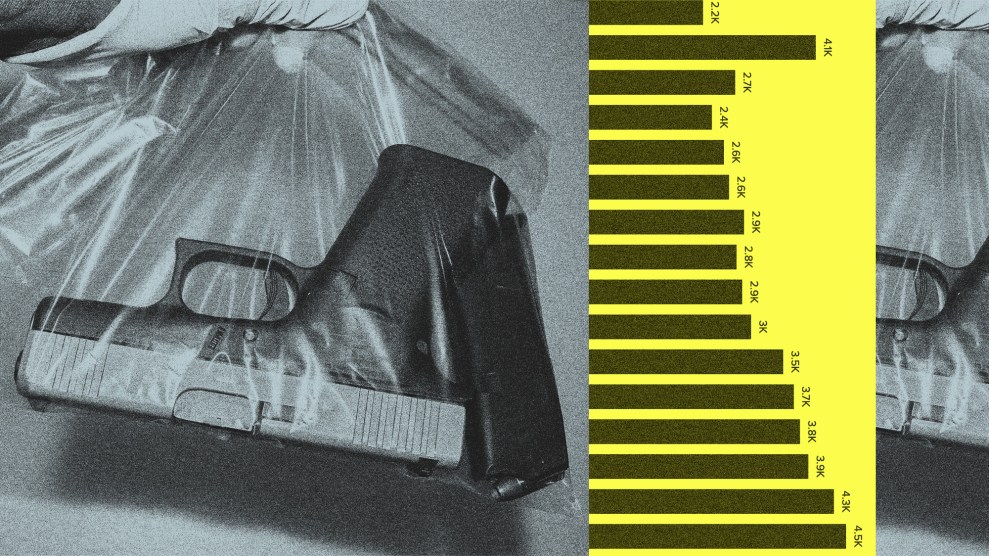Contraceptives aren’t included in the list of preventive services health insurance companies will have to cover copay-free in new plans starting in September. At least, not yet. Insurance plans will also have to cover a range of preventive services just for women. Health and Human Services is expected to release that list by August 2011, and groups like Planned Parenthood are hoping contraception will be included. Personally, I think birth control should absolutely be covered, especially the long-term methods like IUDs and implants. And as this is a list of preventive services, contraception is, by its nature, preventive. But hard-working lobbyists and the common misconception (pardon the pun) that birth control is a “woman problem” are a powerful double-whammy, so much so that I wonder if they’ll delay this crucial health care step for years, maybe even administrations.
I dug through some medical records and a back-of-napkin calculation showed that contraceptives cost me somewhere between $400 and $500 a year. I don’t know what the median spending for women (and men) using birth control is but I would wager it’s in the billions at least. Making contraceptives free won’t stop all unintended pregnancies, but it would certainly defray the cost for the tens of millions of Americans who use it daily. A few more numbers that make me think free birth control is a good thing, below.
99 percent of women ages 15 to 44 who’ve had sex have used contraception at some point.
There are 62 million women in the US ages 15 to 44, of which 62 percent (38 million) are currently using birth control.
More than a tenth of unmarried, sexually active women who don’t want to get pregnant don’t use contraceptives.
Nearly half of all pregnancies in the US are unintended.
There are approximately 1.2 million abortions performed yearly.
18- to 29-year-olds have sex an average of 112 times a year: That’s around $75 in condoms if used once each time.











